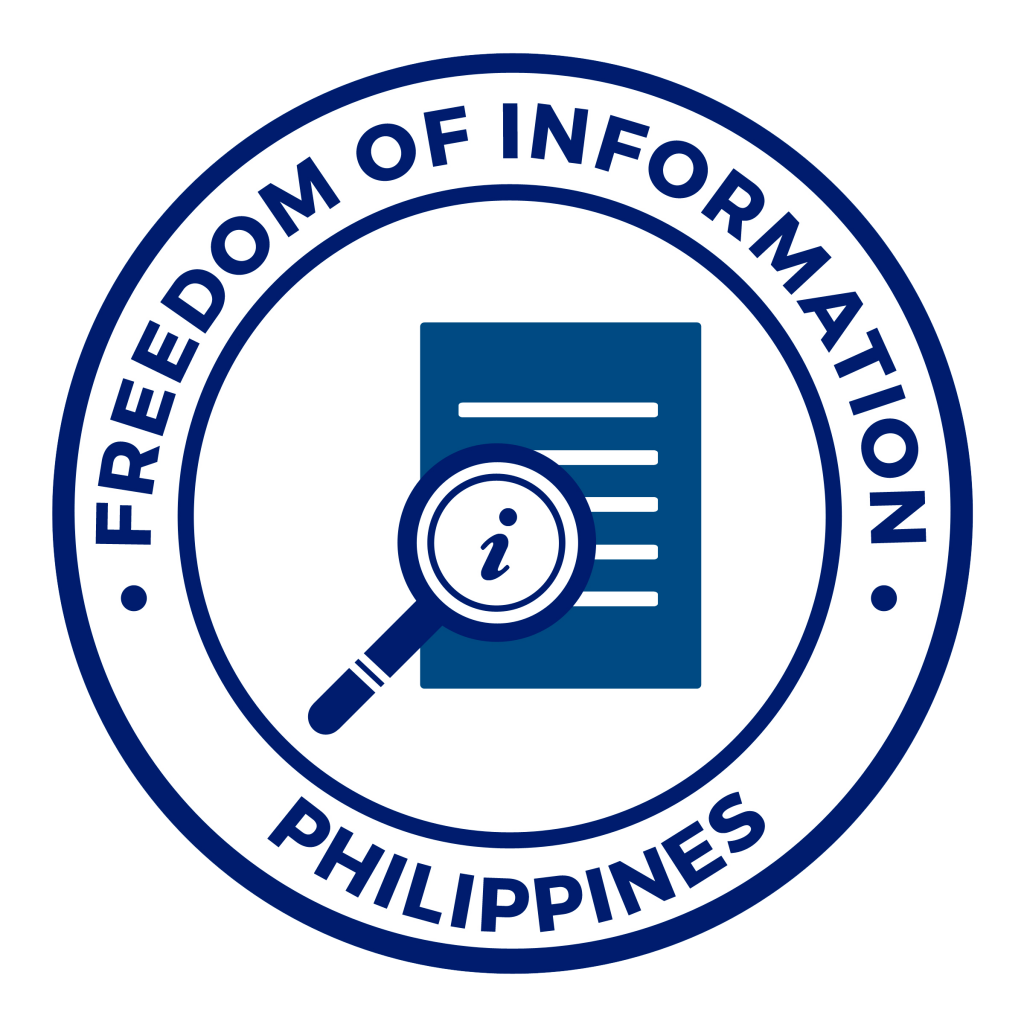
Homeopathy
Homeopathy was developed by Samuel Christian Friedrich Hahnemann in 1797, and its name comes from the Greek terms, homios (“similar”) and pathos (“suffering” or “sickness”). This modality is known to be a philosophy of health and a formal system of diagnosis and drug therapeutics that aim to stimulate the body’s natural healing capabilities. The fundamental law that homeopathy is based on is the law of similars or “like is cured by like,” which may be translated to similia similibus curentur in Latin. Homeopathy states that one may cure a disease by using a substance that causes certain symptoms in order to cure the disease causing those same symptoms. The Laws of Similars enables the physician to select the particular medicine (or the simillimum) that the remedy induces.
PITAHC convened the Technical Working Group to discuss the competency standard for Homeopathy, holding public hearings, and then presented findings to the Board of Trustees (BOT) for approval. The TWG subsequently convened to discuss the Guidelines on the National Certification of practitioners. PITAHC then held a Public Hearing for the Guidelines, presented these to the Board of Trustees (BOT) for approval before publication. PITAHC then organized a National Certification Committee for Homeopathy composed of representatives from the following sectors: Medical Homeopathy and/or Homotoxicology practitioners, Homeopathy practitioners, representatives from Accredited Homeopathy and/or Homotoxicology Training Centers/Schools.
In 2019 the National Certification Committee for Homeopathy (NCCH) reviewed, approved and issued certificates to practitioners. The NCC for Homeopathy/Homotoxicology also convened virtual meetings on April 7 and May 7, 2020 regarding proposed protocols using homeopath remedies for COVID-19 and registration of their remedies as compassionate special permit with the FDA (Food and Drug Administration).
As of December 2020, there are total of 40 certified Homeopathy/Homotoxicology practitioners.
The Science Behind the Modality:
Based on WHO (World Health Organization) Benchmark
PITAHC circular No. 02, series of 2012, Guidelines Implementing R.A. 8423 IRR on the National Cwertification of Homeopaths/Homotoxicologists and Accreditation of Homeopathy/Homotoxicology Training Programs, Centers and Clinics
Competency Standard on Certification of Homeopaths/Homotoxicologist and Code of Ethics
https://drive.google.com/file/d/1CsgAuFxBQzZQo-CSm43WqrA819EKzCuN/view
How To Become A Certified Practitioner (Education And Training)
Candidates for Certified Homeopath are qualified if:
The practitioner has completed the prescribed Homeopathy course from PITAHC Accredited Learning institution
No less than 3600 – 4800 student/teacher contact hours or Bachelor’s Degree in Science, Majoring in Homeopathy
Candidates for Certified Medical Homeopath/Homotoxicologist are qualified if:
they are a licensed physician of good moral character
they have completed 2330-3100 hours of student/teacher contact and home study time or equivalent in a 1-2 year full time or 3-4 year part time course in Homeopathy and or Homotoxicology for Physicians as a technique for clinical work with:
500 hours (450-600 hours of Basic principles and theories
1050-1200 hours of Home study
500 hours (415-550 hours) of clinical preceptorship practice
at least 415-550 hours Individual clinical practice covering 140 homeopathy clients/patients
50 CME units
Certificate of attendance
Note:
The number of hours required is based on the European Council for Classical Homeopathy (ECCH) International Guidelines





